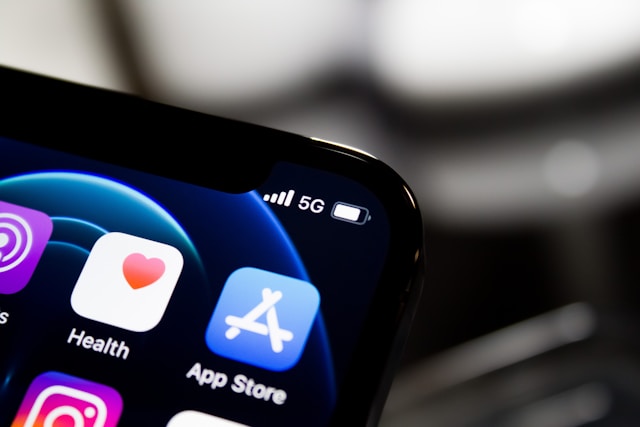Apple has been revolutionary in many, many regards, earning its place as the company with the highest market cap on the Nasdaq at around $3 trillion. As if Mac wasn’t enough, the iPhone switched us from buttons to touchscreens, and from there, opened up the potential for incredible earning potential via mobile apps.
Now, people can conveniently play particularly accessible mobile games that let you play from the outset, but let you progress faster if you pay. It’s given rise to a distinctly popular arm of entertainment, with mindless mobile games being among the highest-earning products in the world, and the freemium model becoming very popular.
Commencing the Race to the Bottom

There was already a sort of race to having the lowest price in the Apple App Store, but it was invariably a case of being a low-cost premium game or a lite version of a premium app. Angry Birds found tremendous success by costing under $5 and coming with hours of gameplay. After 2009, though, even Angry Birds had to pivot.
In-app purchases quickly allowed app developers to offer their apps for free, with the content then being locked behind paywalls or time walls. It gives users an experience of the premium product but puts some limitations in place. This was the founding of the freemium model.
By 2012, the model was already a colossal earner for Apple and, subsequently, Google through its Play Store on Android devices. It was found that 69 percent of all iOS revenue came via freemium apps, with 75 percent of all Android revenue also being from freemium apps.
With smartphones being the epitome of convenience, an app being free simply aligns on every level. Perhaps what wasn’t expected was that the model would permeate beyond entertainment. Now, Apple’s move to enable monetization post-download has become increasingly useful beyond mobile app games.
An Accessible Way to Find Users

The popularity of freemium is that, on the face of it, it’s a free product that’s easy to access. From there, if the user enjoys the experience, they have the option to pay to go further or just enjoy it within the limits of the model. Due to the greatly varied landscape, particularly in the US, it’s because of this that even mobile casino gaming has turned to freemium.
All new social casinos offer full suites of online casino games – some are specific creations for freemium while others are adapted from real money versions – that are played with virtual currency. They draw from fully-fledged online casinos by offering big welcome bonuses, but players don’t deposit cash to get them.
In more distinct sectors, the freemium model also draws from gamification to increase its appeal. The fitness app Strava offers leaderboards and trophies, and meditation apps like Calm offer streak bonuses.
In 2009, Apple changed the game. With in-app purchases enabled, the freemium model became the go-to way to get downloads as a mobile game app developer. Now, it’s been proven useful even beyond app games.


